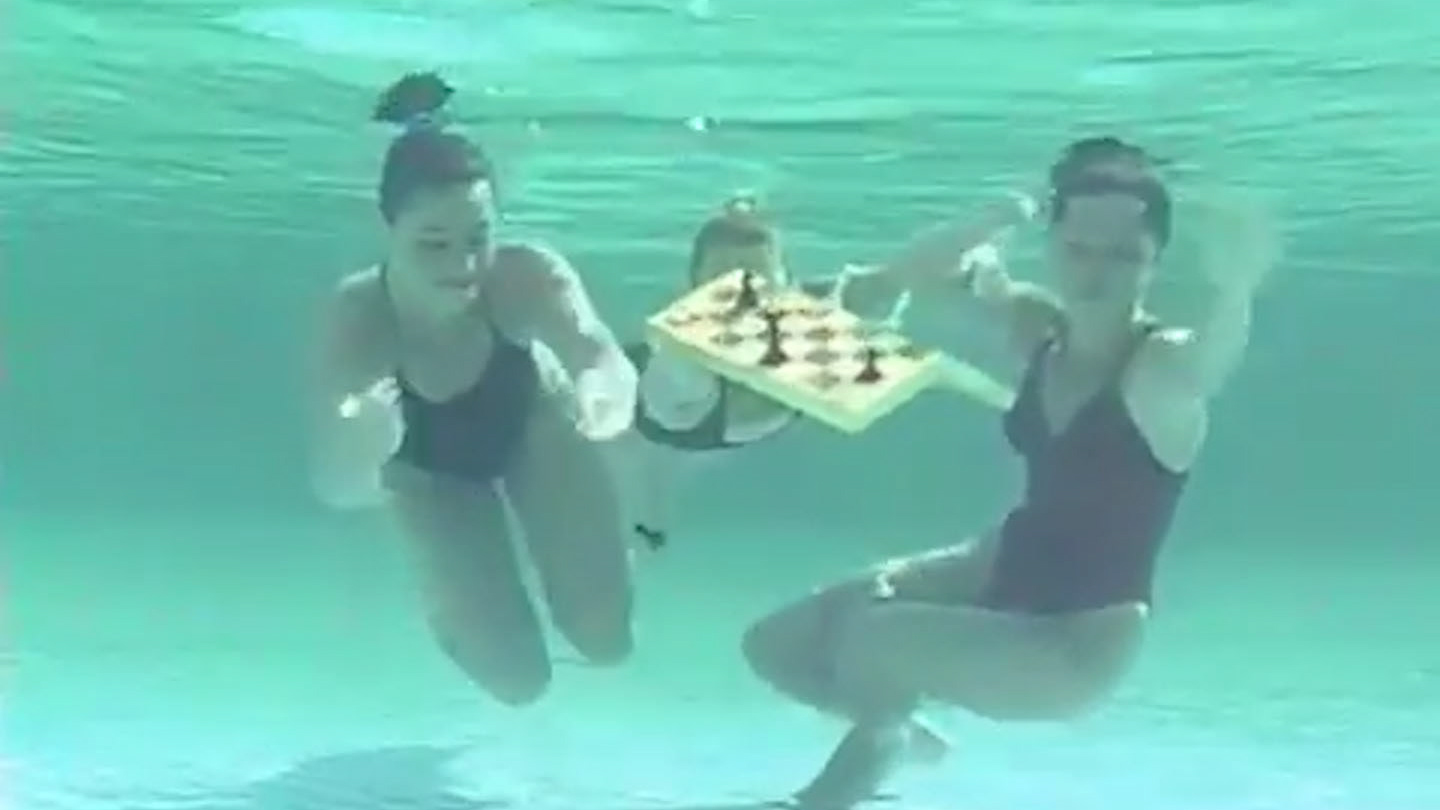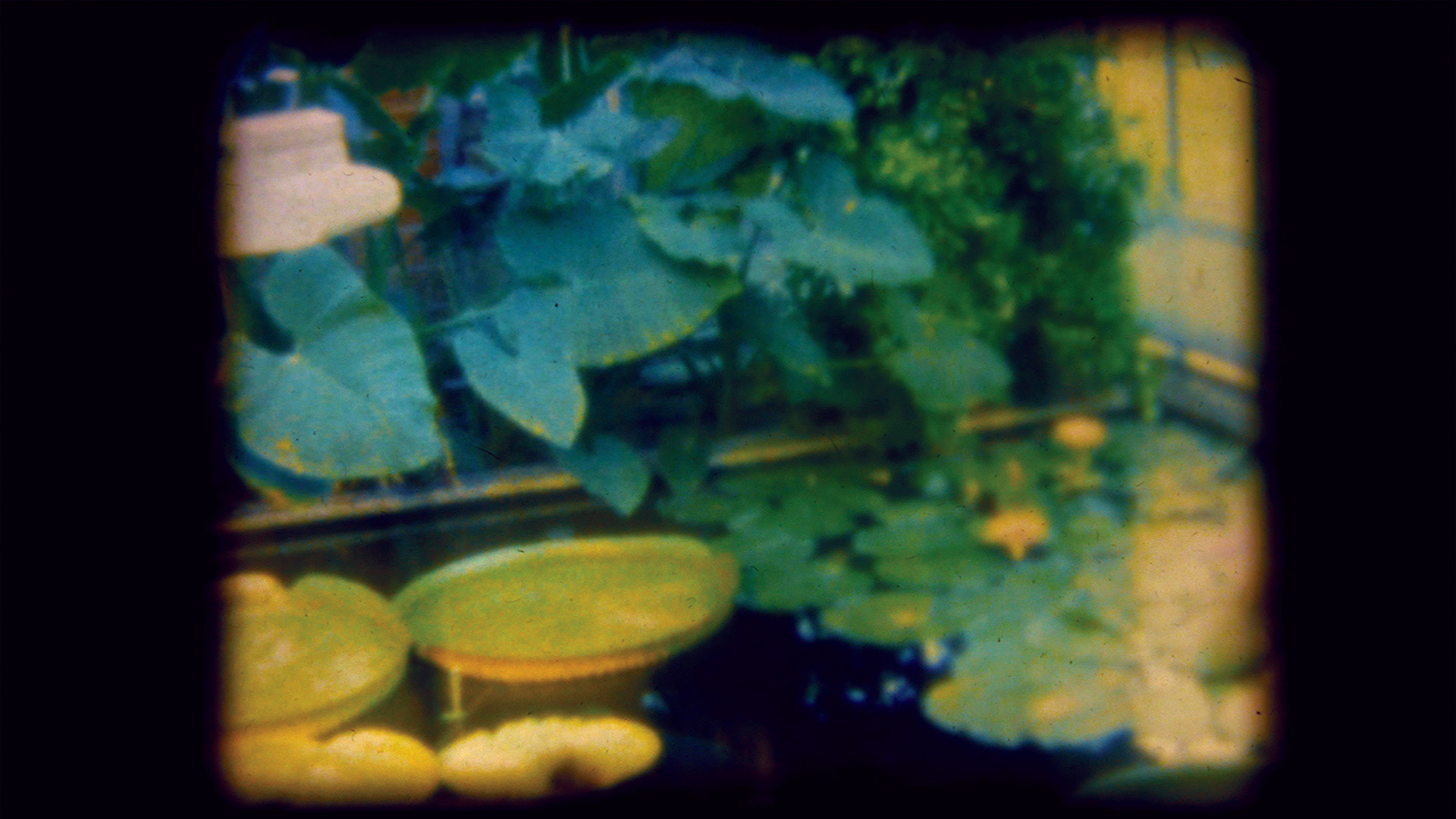"La trahison des tapis" at the 67th National Show Of The Professional Association Of Visual Artists Schleswig-Holstein in the Ostholstein Museum in Eutin, Germany, 2020
Animation /Ultra-HD / .mp4 / stumm / Farbe / 16:9/ Loop / Jahr 2020 /
The artwork by Eugenia Bakurin is a meditative video installation that showcases a contemporary variant of an ordinary carpet. The installation borrows from the (post-)Soviet tradition of hanging carpets on walls, which is still partly practiced in Eastern Europe. However, the contemporary variant of the carpet is created entirely with After Effects, without the use of wool and loom.
The title of the installation, "La trahison des tapis", is a reference to the work of René Magritte "La trahison des images" (also known as "This is not a pipe"). The artwork challenges the viewers not to believe their eyes and invites them to delve into a surreal-looking movement that seems to be reminiscent of a state of intoxication. The source of this state is left to the speculation of the viewer, whether it is triggered by drugs or sprung from the vivid imagination of a tired child.
The artwork reflects on the place of traditional craftsmanship in the modern digital world, where technology replaces traditional methods. It also raises questions about the value of digital art, which is made possible through software, as opposed to traditional art, which is made with physical materials. The installation is the first in a series of digital rugs that are available as NFT on RARIBLE, emphasizing the merging of traditional and modern forms of art in the contemporary world.
The title of the installation, "La trahison des tapis", is a reference to the work of René Magritte "La trahison des images" (also known as "This is not a pipe"). The artwork challenges the viewers not to believe their eyes and invites them to delve into a surreal-looking movement that seems to be reminiscent of a state of intoxication. The source of this state is left to the speculation of the viewer, whether it is triggered by drugs or sprung from the vivid imagination of a tired child.
The artwork reflects on the place of traditional craftsmanship in the modern digital world, where technology replaces traditional methods. It also raises questions about the value of digital art, which is made possible through software, as opposed to traditional art, which is made with physical materials. The installation is the first in a series of digital rugs that are available as NFT on RARIBLE, emphasizing the merging of traditional and modern forms of art in the contemporary world.
"La trahison des tapis" at LAB30 media art festival in the culture centre abraxas in Augsburg, Germany 2021
"La trahison des tapis" projected onto a gauze at ILLUSTRATIO Festival of Lights in Kiel, Germany 2021








